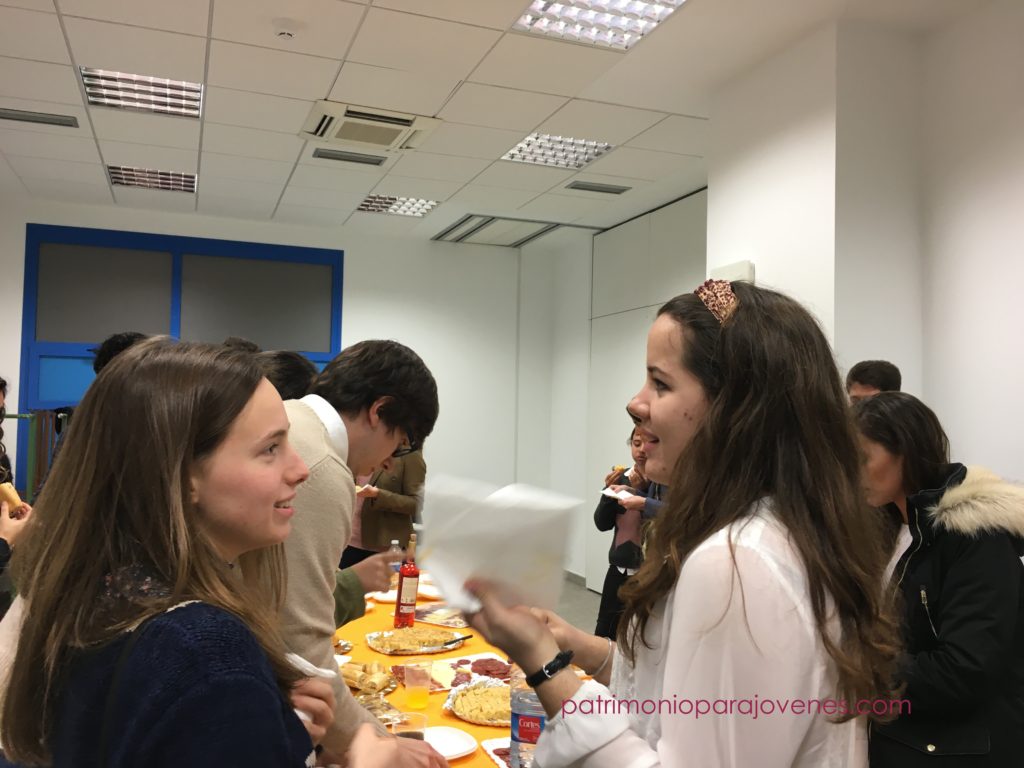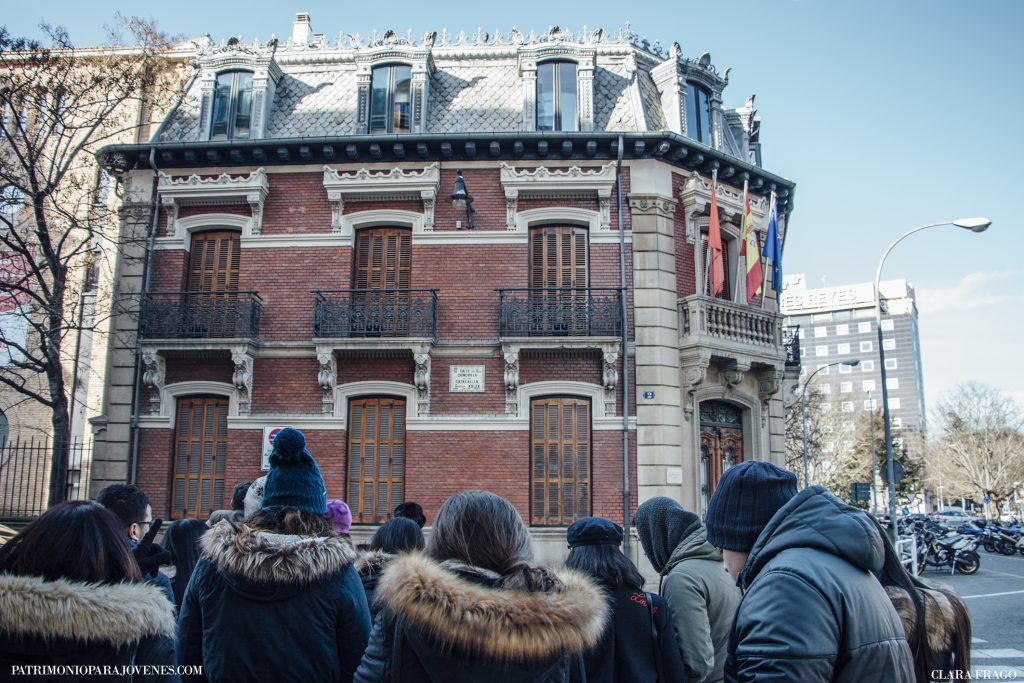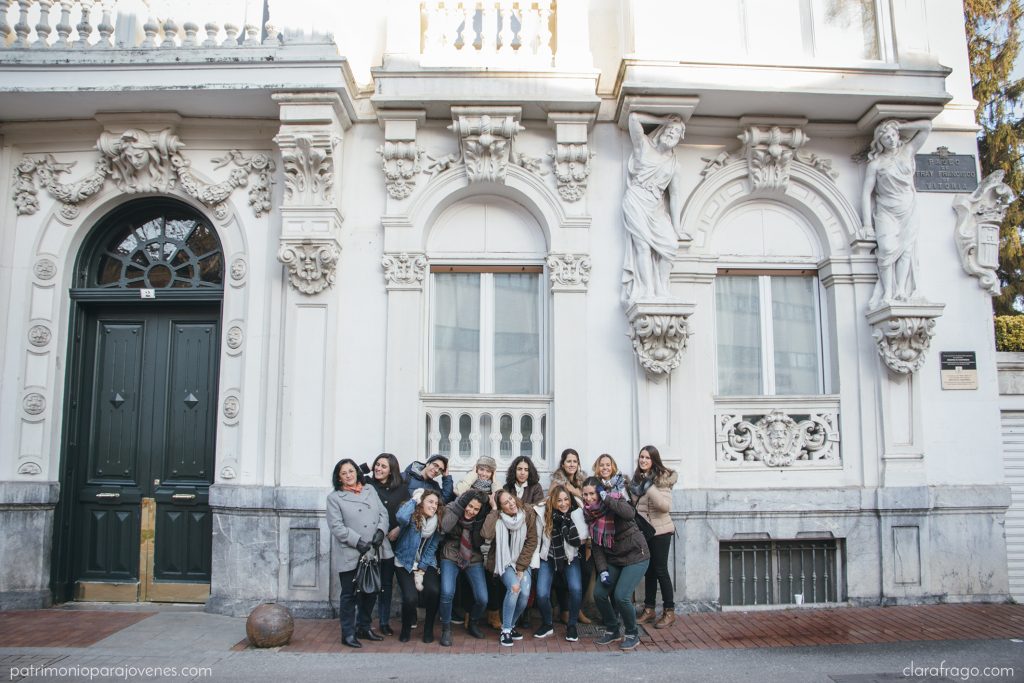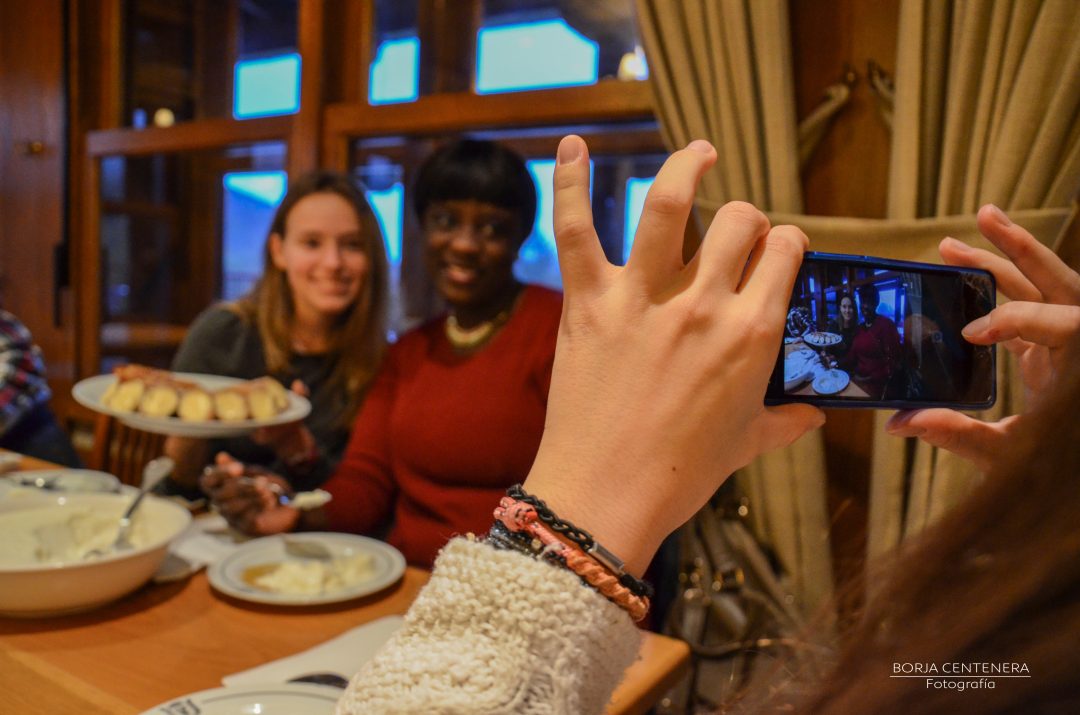A special walk
 Discovering the old town of Pamplona can be done in one day, one morning, even in just one hour. Everything depends on the amount of time and interest you may have. It is very possible that anyone who discovers the city and walks up the Curia street, when arriving to the White Horse, stays a long, very long time there, especially if the weather helps. Enjoy the views and the Mesón, open to Pamploneses as well as to outsiders. You can check the website of the inn here.
Discovering the old town of Pamplona can be done in one day, one morning, even in just one hour. Everything depends on the amount of time and interest you may have. It is very possible that anyone who discovers the city and walks up the Curia street, when arriving to the White Horse, stays a long, very long time there, especially if the weather helps. Enjoy the views and the Mesón, open to Pamploneses as well as to outsiders. You can check the website of the inn here.
It’s fair to say that the boroughs of Pamplona/Iruña well deserve a close visit. To know more about this topic, click here and take a look, there is even a bar called the burgos of Iruña. This is your web to go.
We dedicated one morning to the Burgo de San Cernin. And we did it in a special way, gazing at it from the heights.
A rooftop at Ansoleaga Street
A friend of mine told me that the views from her rooftop were beautiful, and I didn’t think about it twice. I asked her to let me in with the kids in order to see San Saturnino from an unusual perspective. From there St. Cernin, as this church is also known, majestically imposed above the city.
Contemplating face to face the roofs of the building of the current library of the Plaza de San Francisco was another gift of that morning. It was once the building of “The Agricultural” as an initiative of the Banking and Insurance Society of the same name.
Afterwards, we admired the Grand Hotel, an imposing building, with history, a public library where we entered today and possibly left without asking about the origin of the property.
Seeing the beautiful courtyard of the Chamber of Comptos from the heights was also a huge delight. A privileged venue to look at this place and briefly review the history of the building.
A book by Fermín Erbiti
“The Chamber of Comptos. Stories Of The Oldest House In Pamplona And Its Surroundings” is a magnificent book. With 163 pages and many photographs, it narrates in a pleasant way the interesting trajectory of the building of the Chamber of Comptos, the institution as such, and many anecdotes of the whole environment. That book served as a guide to make this visit. I recommend everyone to read this. The multiple and varied uses of the oldest civil building in Pamplona, a disappeared palace that used to be where we now see the backs of the Hotel Maisonnave, include the history of a chacolí, the seat of the Pamplona orfeón and many more curiosities can be read in this entertaining and well-documented work of Erbiti.
The church of San Cernin
Also known as the church of San Saturnino in Pamplona. This visit was also very peculiar. Above all, it consisted of comparing the Gothic church with the Barroque chapel. What did you notice? Did you observe differences between one space and another?
What does each one suggest to you? It was a way of approaching the Gothic and the Barroque from an experience and a personal observation. In general, everyone preferred the Gothic style.
An opportunity for photography
It was a great day for Borja Centenera. He was able to take advantage and get into those nooks only suitable for photographers. All the images he captured are beautiful and mesmerizing. Another opportunity to experience in photography, to be amazed while exploring spaces.
Finish on the cover
After visiting the church, we took advantage of the end of our visit, with less people in the street to appreciate the cover in detail. All of them noticed something they had not noticed other times: the remains of polychrome on the stone figures. It invites us to imagine how color must have been in so many medieval temples.
We finished the morning, recovering strength enjoying a few pintxos. Content and certainly surprised by everything that a city tells us about itself. And from now on we have a commitment: to listen, to observe and walk slowly through its streets without assuming that we already know everything.
There can always be surprises. Always. I invite you to walk slowly around Pamplona and each and every one of the cities in which you live and from where you read me. Happy day.































































